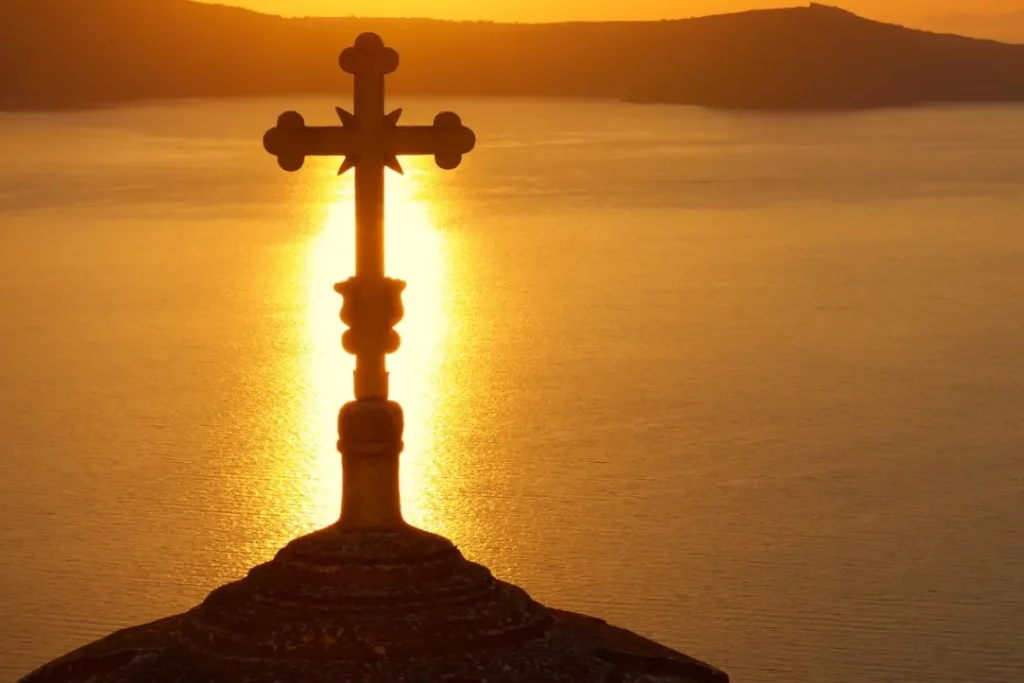
May 5th, 2024 was the Eastern Churches’, or Orthodox, Easter.
The Western Churches celebrated Easter on March 31st this year. So why the difference?
Let’s Unravel the Mystery!
The celebration of Easter, the most significant event in the Christian calendar, marks the resurrection of Jesus Christ. However, while the majority of Christians celebrate Easter on a date determined by the Gregorian calendar, Orthodox Christians follow a different timetable. This incongruity has intrigued many, prompting inquiries into the historical, astrological, and cultural factors influencing the date selection. In this article, we delve into the fascinating reasons behind the divergence of Orthodox Christian Easter from its Catholic counterpart, exploring the interplay of history, astronomy, and spiritual significance.
The schism between the Eastern Orthodox Church and the Roman Catholic Church in 1054 AD was a pivotal moment in Christian history. This division not only resulted in theological differences but also led to discrepancies in various traditions, including the calculation of Easter. While the Catholic Church adopted the Gregorian calendar reform in 1582, the Eastern Orthodox Church continued to adhere to the Julian calendar, resulting in a discrepancy in the date of Easter. This historical divergence reflects the complex relationship between the Eastern and Western branches of Christianity and their respective approaches to ecclesiastical authority and tradition.
The determination of the date of Easter is deeply rooted in astronomical and Hebrew calendrical calculations. Both the Catholic and Orthodox Churches base the observance of Easter on the vernal equinox and the phases of the moon, in accordance with the Council of Nicaea in 325 AD. However, differences in the methods of calculating these astronomical events, as well as variations in the interpretation of the Hebrew calendar, contribute to the variance in the dates of Easter between the two traditions. While the Catholic Church relies on a more refined calculation incorporating astronomical observations, the Orthodox Church maintains a simpler method based on the Julian calendar.
Beyond historical and astronomical considerations, there are esoteric dimensions to the timing of Easter in Orthodox Christianity. Some scholars and theologians suggest that the Orthodox date of Easter, which often falls later than the Catholic date, aligns more closely with the spiritual significance of the resurrection. This perspective emphasizes the importance of inner preparation and spiritual readiness, symbolized by the forty days of Lent leading up to Easter Sunday. In this interpretation, Orthodox Easter serves as a potent reminder of the transformative journey from darkness to light, mirroring the spiritual awakening symbolized by Christ’s resurrection.
The divergence of Orthodox Christian Easter from Catholic Easter is a multifaceted phenomenon shaped by historical, astronomical, and spiritual factors. While differences in calendar systems and theological traditions contribute to this variance, the essence of Easter remains a unifying symbol of hope, renewal, and redemption for Christians worldwide. As we contemplate the mysteries of Easter, let us remember to embrace the diversity of traditions, recognizing the richness of our shared faith heritage.

